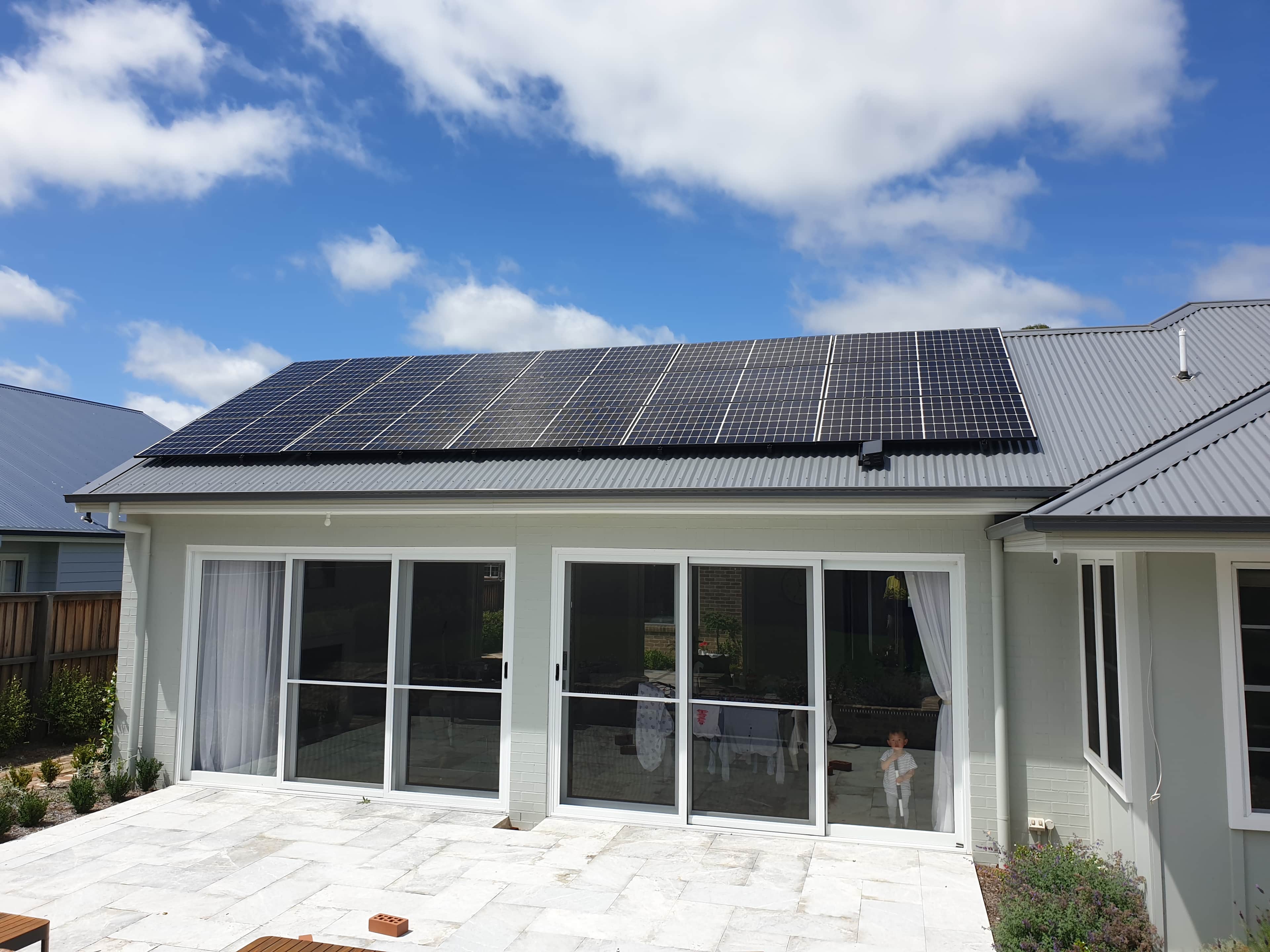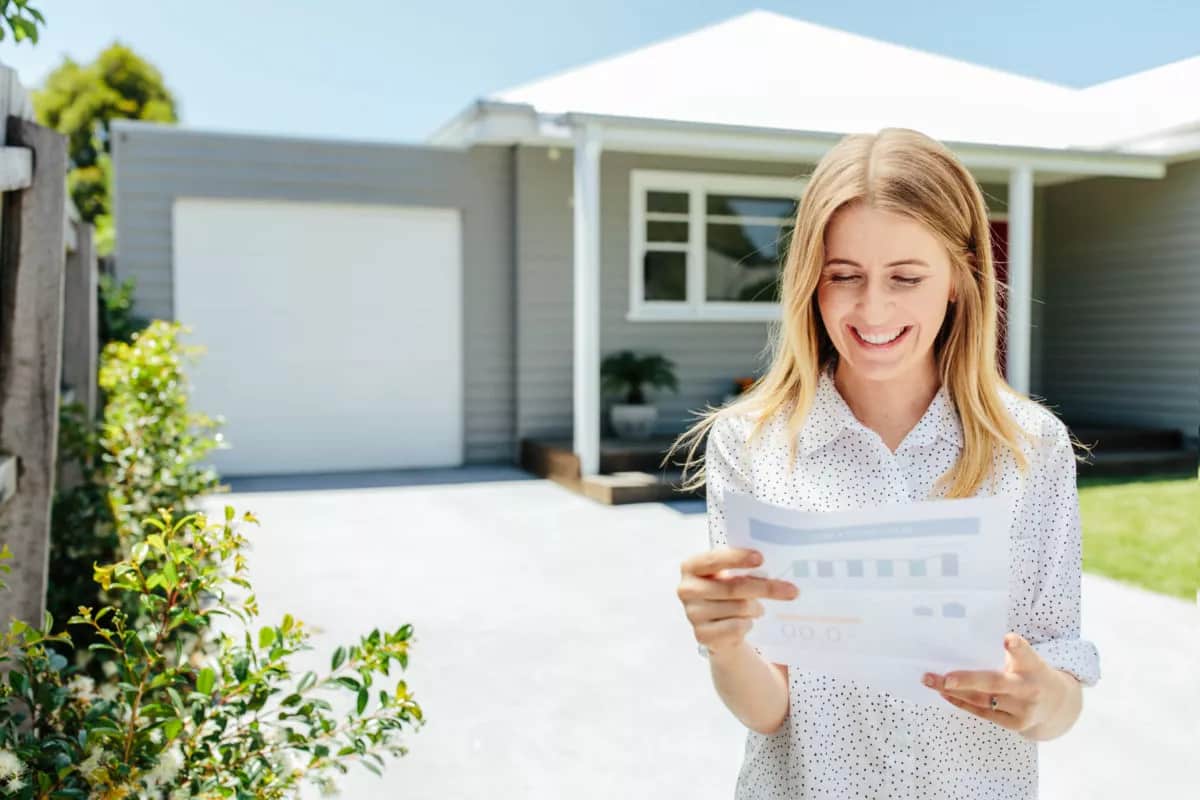
Calculating Your Solar Payback Period and Savings
You’re not alone if solar has been sitting on your “someday” list. Maybe you’ve seen panels popping up on your street or heard a neighbour brag about their $0 energy bill—but is it really worth the upfront cost? That’s where understanding your solar payback period comes in.
This isn’t just about numbers—it’s about knowing when your investment starts putting money back in your pocket. In this blog, we’ll break down how to calculate your payback period, what factors affect your savings, and how to figure out if solar makes financial sense for your home.
Key Takeaways:
Rising Energy Costs Make Solar Payback Even Faster
Your solar system saves you more with every price hike, and shrinks your payback period even faster. Each kWh of solar power you consume directly offsets costly grid power.
Use More of Your Solar Power to Save More
The more solar energy you use yourself, the quicker you break even. Run appliances like dishwashers, washing machines, and hot water systems during the day when the sun’s out. Self-consumption is much more valuable than sending excess energy to the grid.
Adding a Battery Can Extend Payback—but Adds Value
Including a solar battery may stretch your payback period to 6–10 years. On the brighter side, it also enables you to use solar power at night, reduce your grid reliance, and enjoy protection from blackouts.Sustained Savings Beyond the Solar Payback Period
Once you’ve reached your solar payback period, your system is generating free electricity. With minimal maintenance and decades of solar production ahead, your solar panels can continue saving you thousands over their lifetime.
What is a Payback Period?
A payback period for solar refers to the time it takes for your solar system to "pay for itself" through the savings it generates on your electricity bills. In other words, it’s the time it takes for the energy you produce to outweigh the initial cost of installation.
How to Calculate Your Payback Period
Calculating your payback period doesn’t have to be complex. You can do it with a simple formula.
Payback Period = Upfront Cost ÷ Estimated Annual Savings
Let's break down both parts of this formula:
Upfront Cost
The upfront cost refers to the initial investment required to install your solar panel system. This cost can vary widely based on your location, the installer you choose, the brand, and whether you’re paying outright or financing through a loan or lease.

For Solar Panels:
To estimate the base cost of a solar panel system, we'll use a simple formula: system size (in watts) × $1.20 per watt. Keep in mind that this is a rough starting point. Actual prices will vary depending on other factors.
For this example, we’ll use a 10kW system. That’s 10,000 watts × $1.20, giving us a minimum estimated cost of $12,000.

For Solar Batteries:
In this article, we’ll use a baseline cost of $1,500 per kilowatt-hour (kWh), which includes both the battery itself and standard installation. Actual costs can be higher depending on the battery brand, added features, or if extras like a hybrid inverter or complex installation are required.
Using this estimate, a 10kWh battery would come to around $15,000.
Estimated Annual Savings
Potential annual saving is the money you’ll save each year on your electricity bills thanks to your solar system. There are two main ways you can save money with solar:
Self-consumption refers to using solar energy generated by your system instead of purchasing electricity from the grid. It is the money you don't spend using your solar power instead of buying electricity from the grid. You are not paying high electricity rates, which cost 25-40 cents per kWh.
Exporting excess solar is sending your extra solar energy to the grid. It is the money you earn by sending extra power back to the grid. Your electricity retailer pays you for that exported energy through a feed-in tariff (FiT). Feed-in tariff rates depend on your energy provider, your plan, and where you live.
Based on the info above, we can create a simple calculation estimating your solar savings:
Estimated Annual Savings = (Solar Energy Used at Home × Cost of Grid Electricity) + (Solar Energy Exported × Feed-in Tariff)
Now, let’s break that down into simple terms:
Solar Energy Used at Home
It is the amount of solar energy your household uses directly from your solar panels during the day. We can estimate your energy usage using this formula:
Solar Energy Used at Home = Total Solar Output × Self-Consumption Rate
Where:
Total Solar Output = Solar System Size (kW) × Peak Sun Hours × Energy Loss Adjustment (usually between 0.75-0.85) × 365
and
Self-Consumption Rate = (Solar Energy Used at Home ÷ Total Solar Output) × 100
Most Aussie homes self-consume around 30–50% of their solar energy. If you're home during the day, this percentage can be higher.
Cost of Grid Electricity
You pay this amount to your provider when you rely on grid electricity. Most Aussie homes pay between 25 to 40 cents per kWh, depending on their provider and location.
Solar Energy Exported
It is the amount of excess energy you send to the grid. Here is how to estimate it:
Solar Energy Exported = Total Solar Output × (1 – Self-Consumption Rate)
Feed-In Tariff
It is the rate your electricity retailer pays you for each kWh you export to the grid. Feed-in tariffs vary widely depending on your retailer and state but typically range from 5 to 15 cents per kWh.
Calculating Payback Period with Examples
Assuming you live in Melbourne, you want to install a 10kW solar panel system to power your large home. However, you are still undecided whether to add a solar battery. Let's see if adding one is worth it.
Let's say you have...
System Size: 10kW solar system
Location: Receives 4.5 peak sun hours per day
Energy Loss Adjustment: 80% (or 0.80)
Grid Electricity Cost: 35 cents per kWh
Feed-in Tariff: 7 cents per kWh

Assumption 1: 10kW System Without a Battery
System Cost: $12,000
Self-Consumption Rate: 40% (typical for homes without a battery)
Step 1: Estimate Total Solar Output
Total Solar Output per year = Solar System Size (kW) × Peak Sun Hours × Energy Loss Adjustment (usually between 0.75-0.85) × 365
=10 kW × 4.5 hours/day × 365 days × 0.80
= 13,140 kWh per year
Step 2: Estimate Solar Energy Used at Home
Solar Energy Used at Home = Total Solar Output × Self-Consumption Rate
= 13,140 kWh × 40%
= 5,256 kWh
Savings from Self-Consumption = Solar Energy Used at Home × Cost of Grid Electricity
= 5,256 kWh × $0.35 = $1,839.60
Step 3: Estimate Solar Energy Exported
Solar Energy Exported = Total Solar Output × (1 – Self-Consumption Rate)
= 13,140 kWh × 60%
= 7,884 kWh
Earnings from Feed-in Tariff = Solar Energy Exported × Feed-in Tariff
=7,884 kWh × $0.07 = $551.88
Estimated Annual Savings = $1,839.60 + $551.88 = $2,391.48
Payback Period = $12,000 ÷ $2,391.48 = ~5 years

Assumption 2: 10kW System With a 10kWh Battery
Battery Cost: $15,000
Total Upfront Cost: $12,000 (solar) + $15,000 (battery) = $27,000
Improved Self-Consumption Rate: 80% (battery stores extra power for night use)
Step 1: Estimate Total Solar Output
The calculation is the same as Assumption 1. So, the total solar output per year is 13,140 kWh per year.
Step 2: Estimate Solar Energy Used at Home
Solar Energy Used at Home = Total Solar Output × Improved Self-Consumption Rate
= 13,140 kWh × 80%
= 10,512 kWh
Savings from Self-Consumption = Solar Energy Used at Home × Cost of Grid Electricity
= 10,512 kWh × $0.35
= $3,679.20
Step 3: Estimate Solar Energy Exported
Solar Energy Exported = Total Solar Output × (1 – Improved Self-Consumption Rate)
= 13,140 kWh × 20%
= 2,628 kWh
Earnings from Feed-in Tariff = Solar Energy Exported × Feed-in Tariff
= 2,628 kWh × $0.07 = $183.96
Estimated Annual Savings = $3,679.20 + $183.96 = $3,863.16
Payback Period = $27,000 ÷ $3,863.16 = ~7 years
Summary:
| Setup | Upfront Cost | Estimated Annual Savings | Estimated Payback Period |
|---|---|---|---|
| 10kW (No Battery) | $12,000 | $2,391.48 | ~5 years |
| 10kW + 10kWh Battery | $27,000 | $3,863.16 | ~7 years |
Under optimal conditions, your solar system can recover costs in approximately five years. Adding a battery increases upfront costs and extends the time it takes to break even. On the bright side, it improves self-consumption and energy independence.
Actual savings may vary depending on your location, energy usage habits, electricity rates, system size, and weather conditions.
If your goal is faster payback, going solar without a battery may be a better option. A battery might be worth the extra investment if you aim for more control over your energy usage or want backup power during outages.
What Happens After You Break Even?
Once you’ve paid off your solar system, it’s all savings from there. Let’s take a look at what your total savings might look like over the expected 25-year lifespan of the solar panels:
If your annual savings are $1,400 (without a battery), that’s $1,400 x 25 = $35,000 in savings over the next 25 years.
Keep in mind that this figure is based on ideal conditions. Actual savings may be lower depending on factors such as your energy usage, electricity rates, system performance over time, and potential costs for maintenance or component replacements.
With a battery, you may save more. However, solar batteries have shorter lifespans than solar panels. You may need replacements after 10-15 years. These can affect the expected savings you'll potentially get from your system.

Tips on Speeding Up the Payback Period of Your Solar
Want to get your solar system paid off even faster? Here are some tips:
Use More Solar Power at Home Instead of Sending It to the Grid
One of the fastest ways to increase your savings is by using more energy your system produces. Shift your energy-heavy tasks (washing, cooking, charging EVs) to solar hours. Solar hour (daytime) is when your panels generate the most power. Using electricity from the grid is more expensive than the compensation you get from a feed-in tariff. This simple habit shift can make a big difference in speeding up your savings.
Monitor Your System and Adjust Habits Accordingly
Most modern solar systems have monitoring apps. Use them to track how much energy you’re producing and using. You can adjust how and when you use electricity by identifying patterns like when your usage peaks or solar generation dips.
Choose a Trusted and Experienced Installer
The right installer won’t just bolt panels to your roof. At 1KOMMA5°, we help you get a system that’s properly sized and optimised for your home’s energy use. An efficient system means you’re not overpaying upfront or underproducing over time. Our quality workmanship also reduces the risk of costly issues down the track.
Install Now While Rebates Are Still Available
Australia’s solar rebate (STCs) is gradually decreasing each year and is set to phase out entirely by 2030. The earlier you install your solar system, the more you can claim under this federal incentive. Waiting too long could mean missing thousands of dollars in upfront savings and pushing your payback period further out.
More Helpful Articles:

1KOMMA5° Blog
Need more information?
Head over to the 1KOMMA5° blog for more helpful tips and other important guides on everything solar, from inverters, panels and batteries to how to make the most of your investment for years to come.